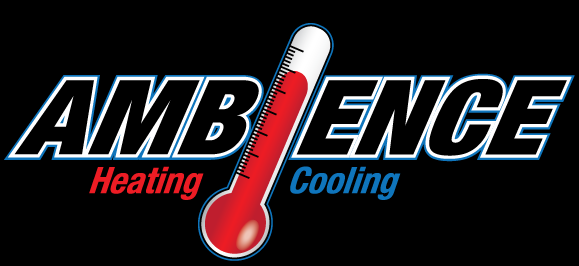
A furnace is usually a background player for your home, ensuring you're warm across the cold winter months. It regularly isn't noticed until a malfunction appears.
One root cause could be that your furnace has a cracked heat exchanger. It’s a potentially dangerous issue, so it’s important to know the evidence of a cracked heat exchanger and what you should do if you suspect that may be the problem.
What Is a Heat Exchanger in a Furnace?
A heat exchanger helps transition heat from the combustion chamber inside your furnace to the air that flows throughout the ventilation. It generally does this with coils or tubes that heat the air while functioning as a barrier to keep gas produced in the combustion chamber, called flue gasses, from leaking out into your home.
Is a Cracked Heat Exchanger Dangerous?
Thanks to its key role, it shouldn't come as a surprise that a cracked heat exchanger can pose a risk. A damaged heat exchanger can allow dangerous gasses – like carbon monoxide, which can be lethal – to flow through your home.
For that reason, do NOT use your heating if you think you're dealing with a cracked heat exchanger, as this could make your entire household sick. Call an HVAC professional right away if you are worried your heating has a cracked heat exchanger that needs repair.
Four Signs of a Cracked Heat Exchanger:
- Furnace shuts off: A crack in your heat exchanger may cause your furnace to shut off.
- Unusual Smells: If the air escaping your furnace has a strong chemical odor, it could be an indicator that gas is leaking through cracks in your heat exchanger. These gasses, which may smell like formaldehyde, are a significant warning sign.
- Carbon monoxide alarm is triggered or you feel health problems: If a cracked heat exchanger is relieving carbon monoxide into your home, your carbon monoxide alarm should go off or family members may start experiencing signs of carbon monoxide poisoning. Side effects include headaches, dizziness, weakness, nausea, vomiting or feeling tired. If the alarm goes off or you feel sick, leave the home right away and then call for help.
- Soot: If you see black sooty accumulating near the exterior of your furnace, it’s more evidence something might be seriously wrong.
What to Do if the Furnace Heat Exchanger is Cracked
If you worry your furnace has a cracked heat exchanger, hire a professional experienced in furnace installation Wilmington right away so they can take a look at your system and, if required, perform a furnace heat exchanger replacement. Costs should fluctuate depending on the situation, but estimates run in the neighborhood of $1,000 to $3,000.
However, the good news is that heat exchangers are often covered by the warranty. You should confirm the warranty paperwork on your furnace, since while the warranty may not cover the entire cost of repairs, it can significantly reduce your bill.
How to Prevent a Cracked Heat Exchanger in Your Home
One of the most convenient ways to prevent a problem in your furnace overall is through routine furnace maintenance. Furnaces offer the most benefits when they operate efficiently. Calling a certified professional to check your furnace for worn-out parts, dirty filters and other common problems can help you avoid getting a big bill later on.
It’s also helpful to take a look at your furnace filters every few months – it’s ideal some filters be swapped out every 90 days or sooner if they are dirty or grimy. While the filters aren't connected to the heat exchanger itself, the strain of dragging air through a clogged filter makes your entire furnace work longer to do its job. And the harder your furnace needs to run, the more wear and tear pieces like the heat exchanger will endure.
